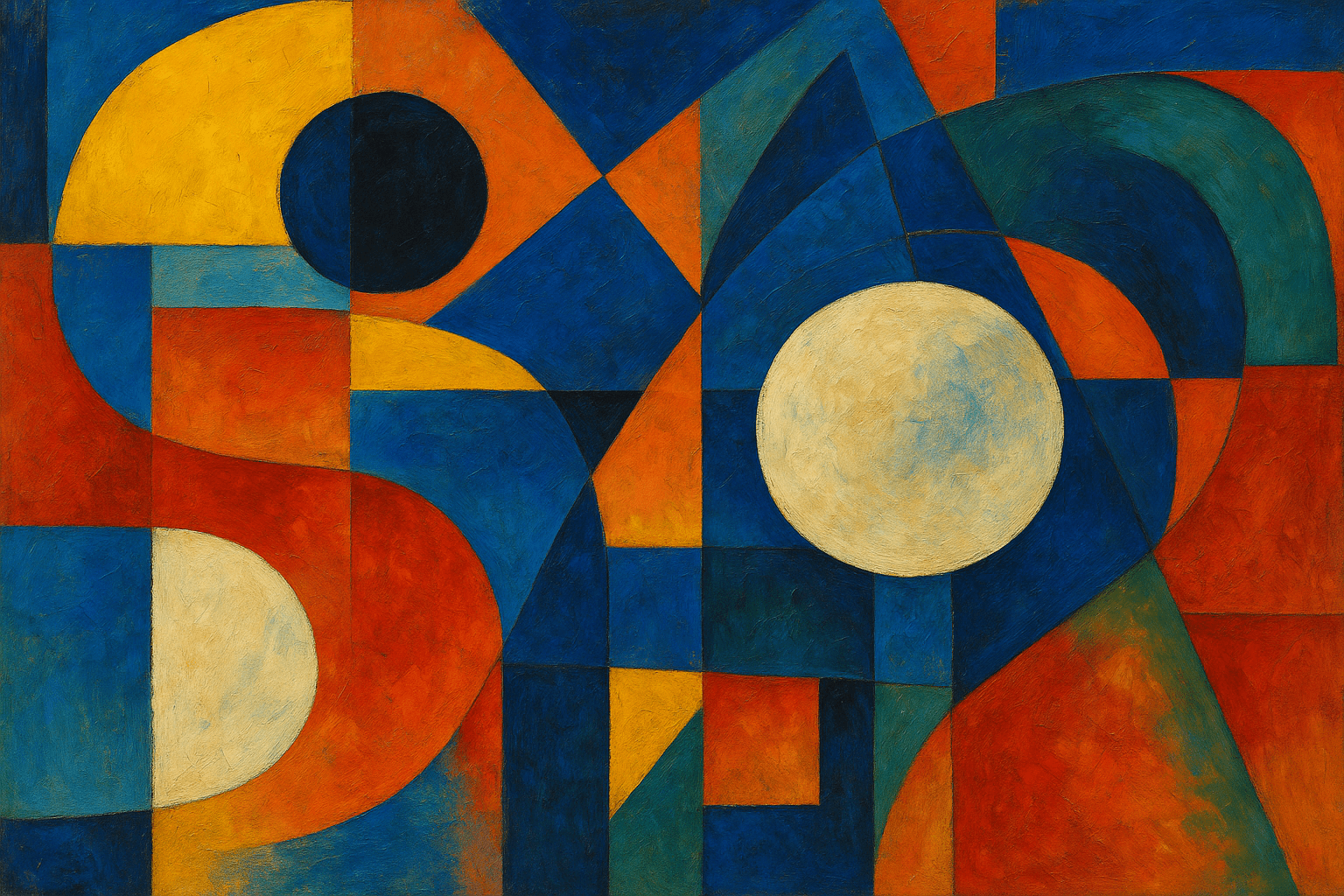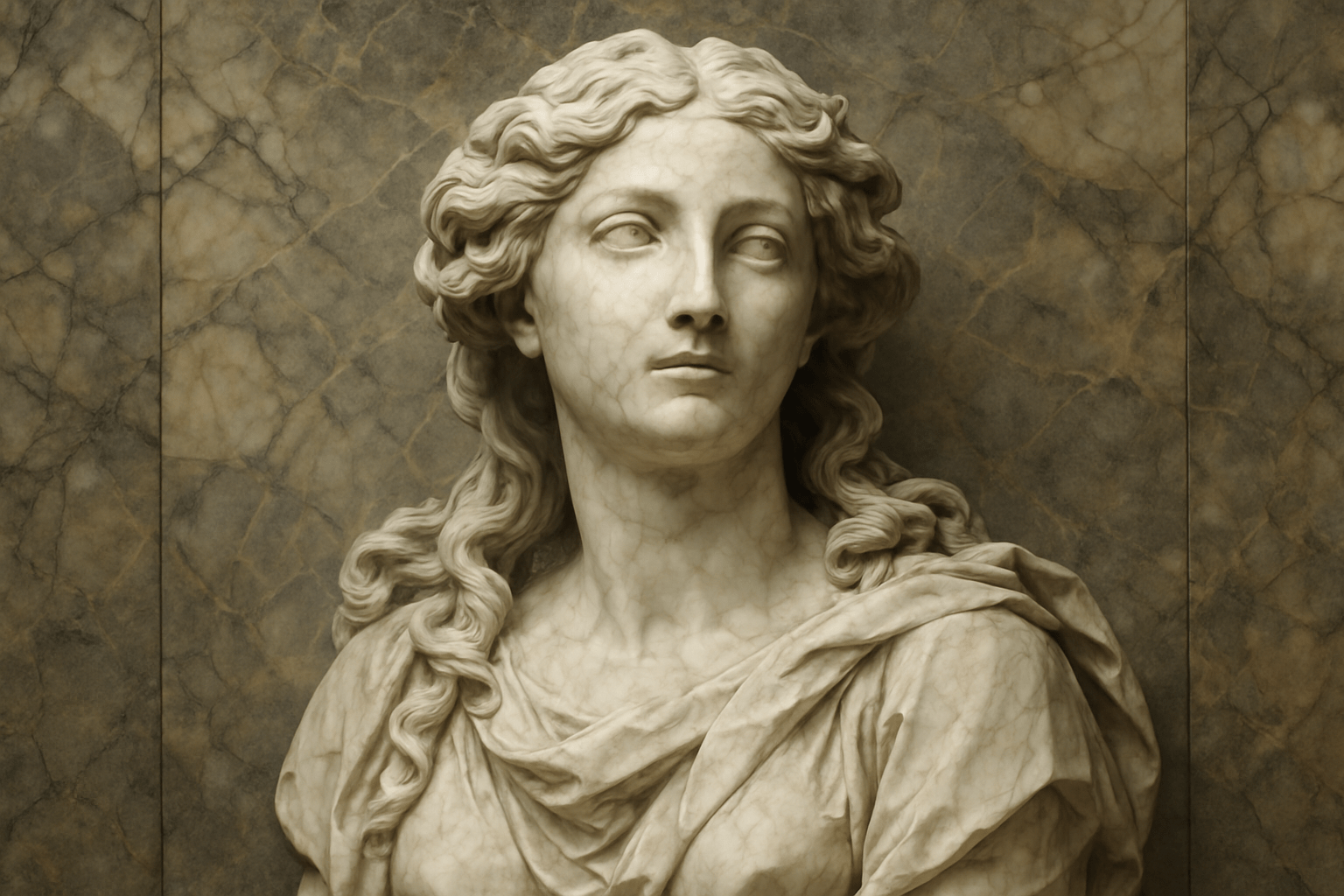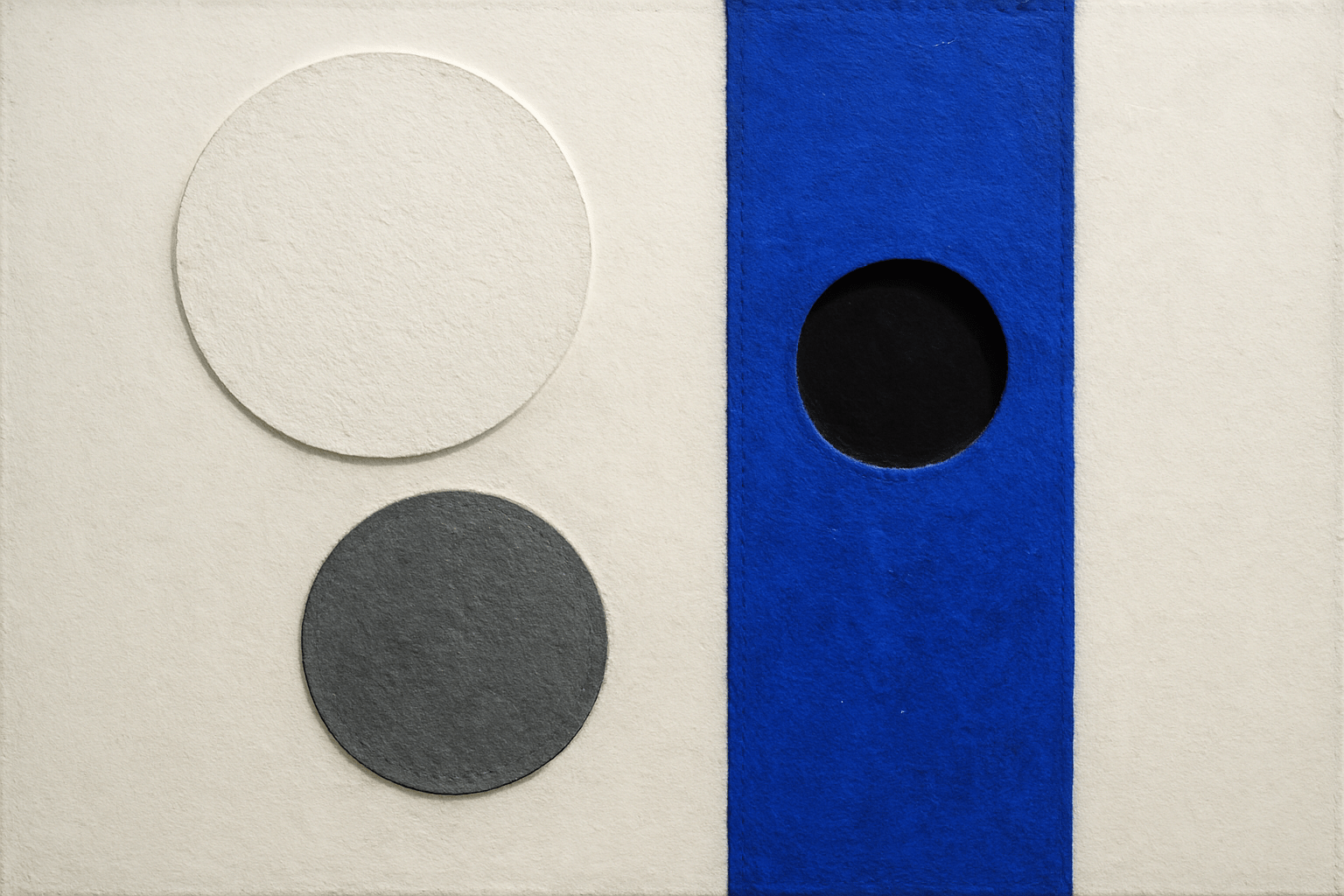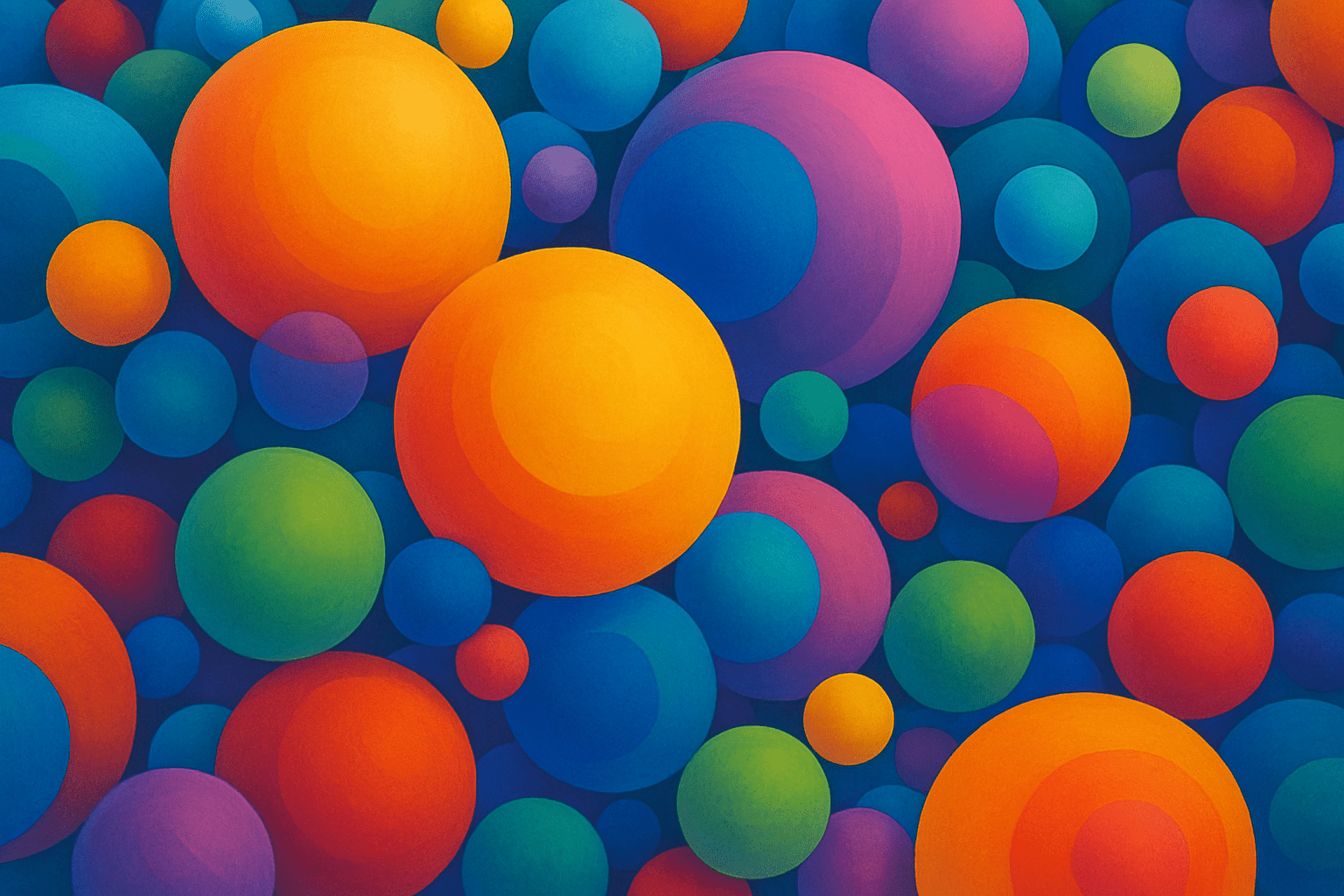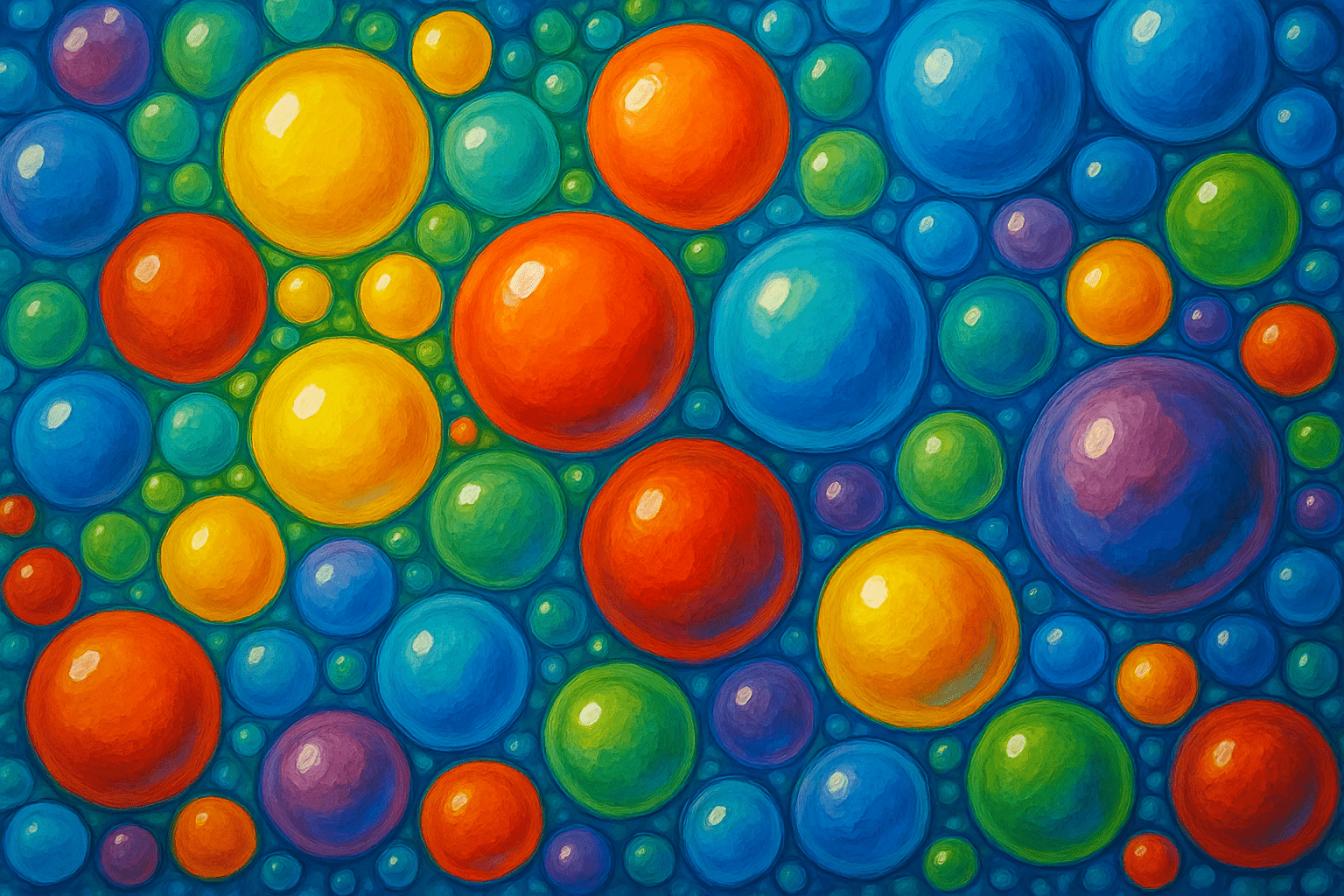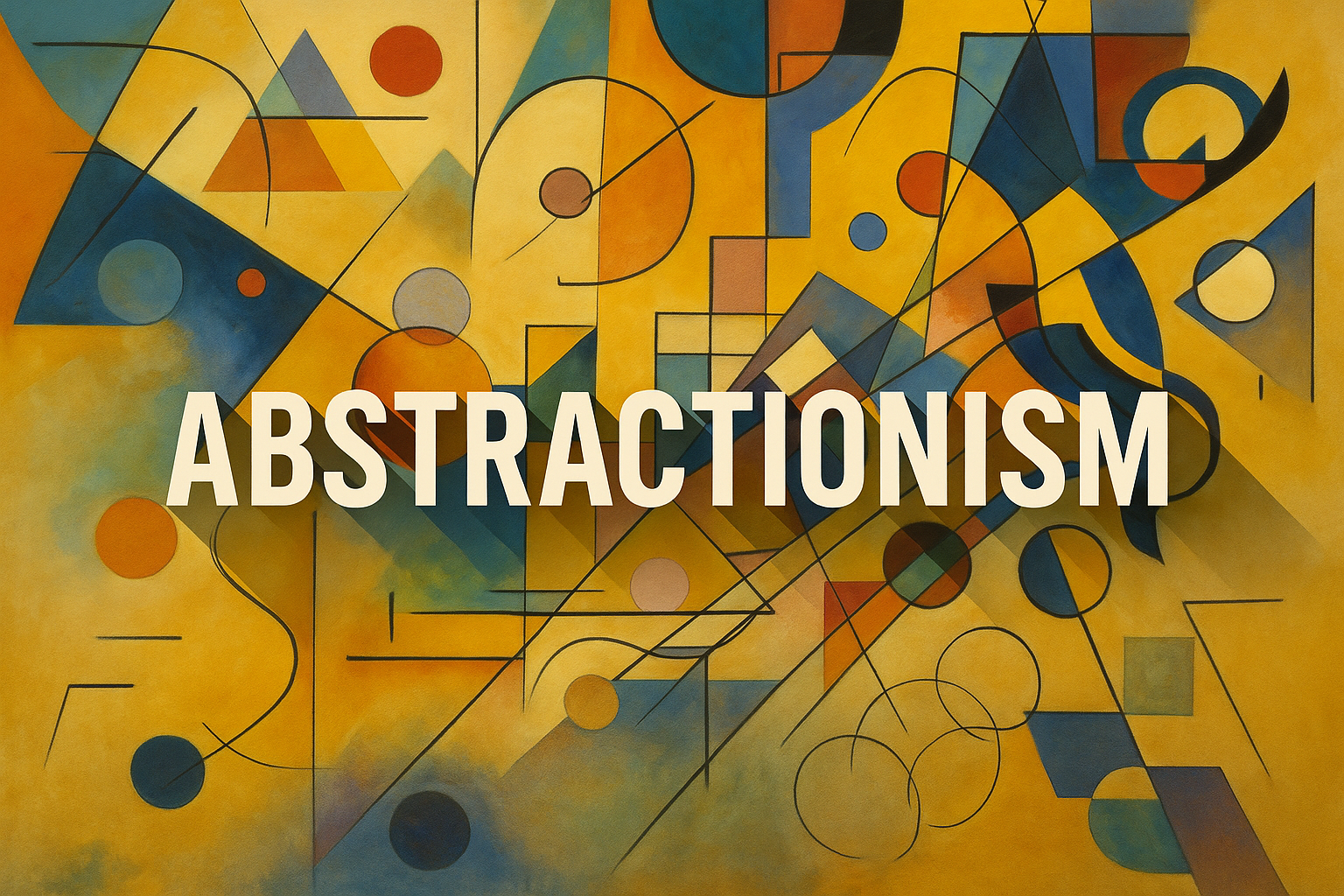
Abstractionism
The art style of Abstractionism is characterized by its use of geometric shapes and non-representational forms. The colors used in this style are often very bold and bright, and the overall look is often very chaotic and busy.
AOI thinking about Abstractionism [+_~]-/
Overview and Quickfacts
Abstractionism is a type of art that is based on making the subject matter more abstract. This can be done by using geometric shapes, colors, and patterns that are not realistic. This type of art is often seen as being more about the artist’s interpretation of the subject matter, rather than trying to create a realistic image.
Can understand it also, as:
Non-representationalism, non-figurative art, abstract art.
Categorize it as:
Impressionism, Modernism
.: Dreaming :.
holds a HAIKU for the art style
:. Thought is power .:
Detailed Description
Abstractionism is a form of art in which the artist uses shapes, colors, and lines to create a work of art that is not realistic. The artist may use geometric shapes or organic shapes to create their work. The artist may also use colors that are not found in nature. The goal of abstractionism is to create a work of art that is expressive and emotional. Famous abstractionist artists include Piet Mondrian, Wassily Kandinsky, and Mark Rothko. Piet Mondrian is known for his paintings that are composed of geometric shapes and primary colors. Wassily Kandinsky is known for his paintings that are full of color and movement. Mark Rothko is known for his paintings that are composed of large blocks of color. Piet Mondrian, Composition with Red, Yellow, and Blue, 1921 Wassily Kandinsky, Composition VIII, 1923 Mark Rothko, No. 61 (Rust and Blue), 1953
.. beep, beep, beep ..
<START OF TRANSMISSION>
1. Abstractionism is a form of art that is characterized by the use of simplified or distorted forms to represent objects or scenes. 2. The term ÃÂÃÂabstractionismÃÂÃÂ was first used in the early 20th century to describe the work of artists who were experimenting with new ways of representing reality. 3. One of the earliest and most influential abstractionists was Wassily Kandinsky, a Russian artist who is credited with painting one of the first purely abstract works of art. 4. Abstract art is often seen as a reaction against the traditional rules of art, which emphasize the accurate representation of reality. 5. Abstract artists often seek to express their inner emotions and ideas rather than to depict the external world. 6. Abstract art can be created in any medium, including painting, sculpture, photography, and even film. 7. Abstract art is often associated with the post-World War II era, when many artists were exploring new ways of expression in the wake of the horrors of the war. 8. Abstract art is sometimes criticized for being ÃÂÃÂdifficultÃÂÃÂ or ÃÂÃÂinaccessible,ÃÂÃÂ but many viewers find it deeply moving and thought-provoking. 9. Abstract art can be found in many public and private collections around the world, including the Museum of Modern Art in New York and the Tate Gallery in London. 10. Some of the most famous abstractionists include Jackson Pollock, Mark Rothko, and Barnett Newman. 11. Abstract art is not limited to the Western world; artists in other cultures have also created abstract works of art. 12. Abstract art is often seen as a bridge between the world of art and the world of ideas, as it can be used to express concepts that are difficult to depict in a literal way. 13. Abstract art can be playful and lighthearted, or it can be serious and thought-provoking. 14. Abstract art is often said to be ÃÂÃÂnon-representational,ÃÂÃÂ but many artists use abstraction as a way to represent their ideas more effectively. 15. Abstract art is not necessarily ÃÂÃÂabstractÃÂÃÂ in the sense of being completely divorced from reality; many abstract artists use recognizable forms to create their work. 16. Abstract art often makes use of color, line, and texture to create its effects. 17. Abstract art can be created using a variety of techniques, including collage, painting, and drawing. 18. Abstract art is often seen as a challenge to traditional ideas about what art should be, and it has been the subject of much debate and controversy. 19. Abstract art is not static; it continues to evolve as artists experiment with new ways of creating it. 20. Abstract art is an important part of the history of art, and it continues to exert a powerful influence on the art world today.
<EOF>
.. robbel bob
Visual Examples from our image gallery
Coming soon, we are so slow .. might never come
Artists, Paintings, and more
(be aware, can be highly speculative)
Artists (be aware, speculation possible):
1. Piet Mondrian (1872-1944) 2. Wassily Kandinsky (1866-1944) 3. Kazimir Malevich (1879-1935) 4. Lyubov Popova (1889-1924) 5. Alexander Rodchenko (1891-1956) 6. Vladimir Tatlin (1885-1953) 7. El Lissitzky (1890-1941) 8. Kazimir Malevich (1879-1935) 9. Lyubov Popova (1889-1924) 10. Alexander Rodchenko (1891-1956) 11. Vladimir Tatlin (1885-1953) 12. El Lissitzky (1890-1941) 13. Mikhail Larionov (1881-1964) 14. Natalia Goncharova (1881-1962) 15. Vladimir Mayakovsky (1893-1930) 16. David Burliuk (1882-1967) 17. Aleksandr Deyneka (1899-1969) 18. Arkhip Kuindzhi (1842-1910) 19. Ivan Aivazovsky (1817-1900) 20. Mikhail Vrubel (1856-1910) 21. Viktor Vasnetsov (1848-1926) 22. Vasily Kandinsky (1866-1944) 23. Alexei Jawlensky (1864-1941) 24. Mikhail Matyushin (1861-1934) 25. Lyubov Popova (1889-1924) 26. Olga Rozanova (1886-1918) 27. Varvara Stepanova (1894-1958) 28. Nadezhda Udaltsova (1886-1961) 29. Vladimir Tatlin (1885-1953) 30. Kazimir Malevich (1879-1935)
Artworks (be aware, speculation possible)
1. “The Persistence of Memory” by Salvador Dali (1931) 2. “Nude Descending a Staircase, No. 2” by Marcel Duchamp (1912) 3. “Fountain” by Marcel Duchamp (1917) 4. “Portrait of Adele Bloch-Bauer I” by Gustav Klimt (1907) 5. “The Kiss” by Gustav Klimt (1908) 6. “The Starry Night” by Vincent van Gogh (1889) 7. “Cafe Terrace at Night” by Vincent van Gogh (1888) 8. “The Scream” by Edvard Munch (1893) 9. “The Madonna” by Leonardo da Vinci (c. 1452-1453) 10. “The Last Supper” by Leonardo da Vinci (c. 1495-1498) 11. “Mona Lisa” by Leonardo da Vinci (c. 1503-1505) 12. “The Birth of Venus” by Sandro Botticelli (c. 1486) 13. “The Vitruvian Man” by Leonardo da Vinci (c. 1490) 14. “The Hay Wagon” by Pieter Bruegel the Elder (1565) 15. “The Tower of Babel” by Pieter Bruegel the Elder (1563) 16. “The Harvesters” by Pieter Bruegel the Elder (1565) 17. “The Fall of Icarus” by Pieter Bruegel the Elder (1558) 18. “The Hunters in the Snow” by Pieter Bruegel the Elder (1565) 19. “The Triumph of Death” by Pieter Bruegel the Elder (1562) 20. “The Wedding Dance” by Pieter Bruegel the Elder (1566) 21. “The Peasant Wedding” by Pieter Bruegel the Elder (1568) 22. “The Peasant Wedding Feast” by Pieter Bruegel the Elder (1568) 23. “The Return of the Prodigal Son” by Rembrandt (1669) 24. “The Raising of the Cross” by Rembrandt (1633) 25. “The Night Watch” by Rembrandt (1642) 26. “Bathsheba at Her Bath” by Rembrandt (1654) 27. “The Anatomy Lesson of Dr. Nicolaes Tulp” by Rembrandt (1632) 28. “The Milkmaid” by Johannes Vermeer (c. 1658) 29. “The Girl with the Pearl Earring” by Johannes Vermeer (c. 1665) 30. “The Music Lesson” by Johannes Vermeer (c. 1662-1665)
Epoch
The time period of the art style Abstractionism is the early 20th century.
AI ART RESSOURCES (AKA, well Tools)
Helping tools -> predefined search links on other pages:
